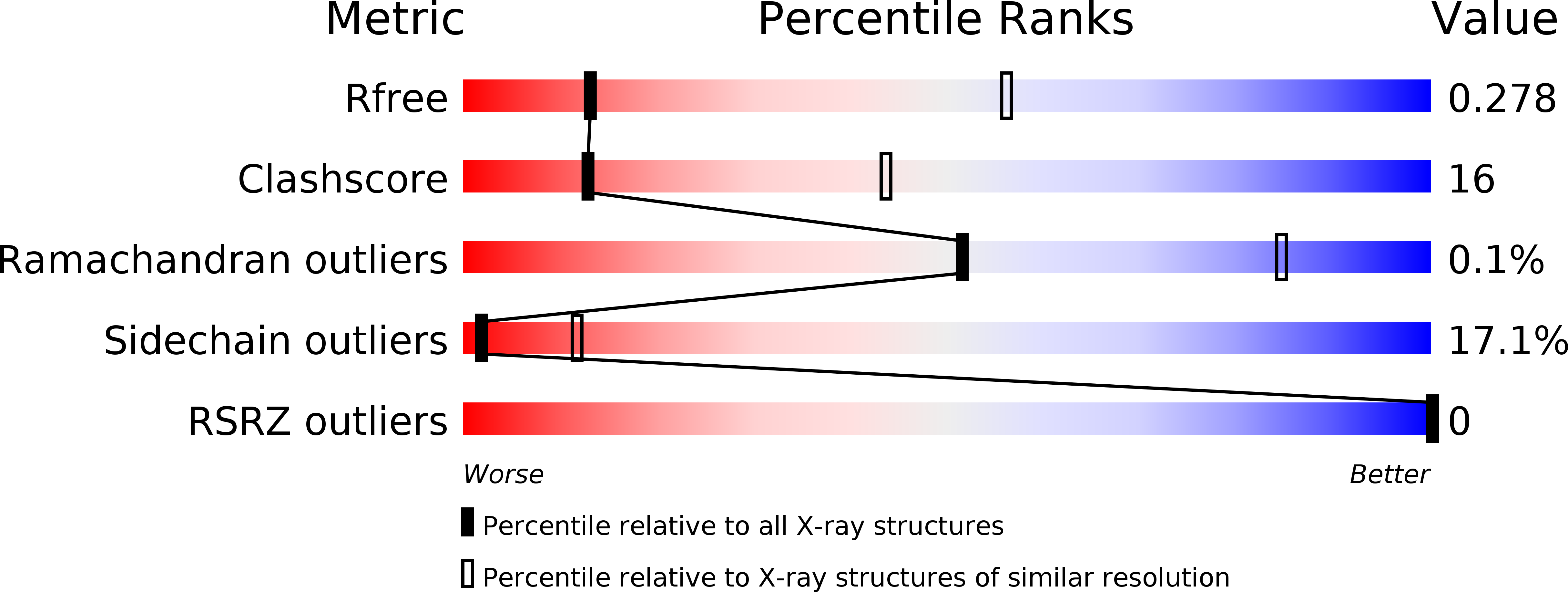
Deposition Date
2016-08-08
Release Date
2016-12-14
Last Version Date
2023-11-08
Entry Detail
Biological Source:
Source Organism:
Arabidopsis thaliana (Taxon ID: 3702)
Arabideae (Taxon ID: 981070)
Arabideae (Taxon ID: 981070)
Host Organism:
Method Details:
Experimental Method:
Resolution:
3.50 Å
R-Value Free:
0.27
R-Value Work:
0.21
R-Value Observed:
0.22
Space Group:
P 62 2 2


